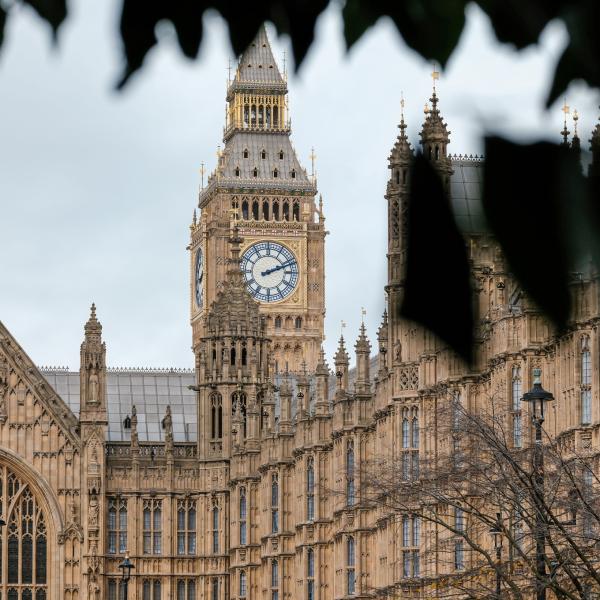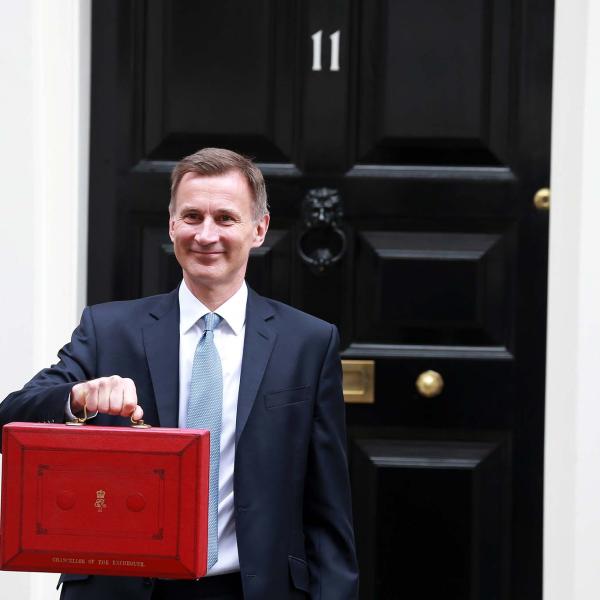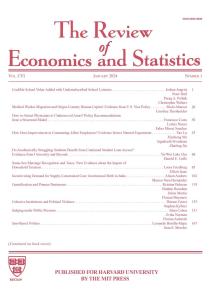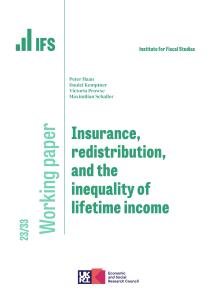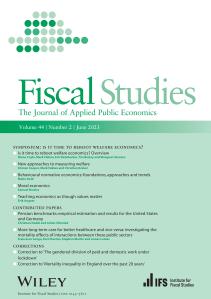It has been widely reported that the government will announce an increase in National Insurance contributions (NICs) to pay for increased funding for health and social care.
Across the UK, increasing all rates of employee, employer and self-employed NICs by one percentage point would raise around £10 billion a year in the medium-run (assuming employers passed the increase in employer NICs onto workers in the form of lower earnings); around £8½ billion of that would come from England (relevant because spending on health and social care is devolved). An increase of just under 1.5 percentage points in the basic and higher rates of income tax would raise a similar amount.
In many ways, increasing income tax and increasing NICs would have similar effects. But there are some differences.
In both cases, slightly less than half the revenue would come from the highest-income tenth of families; an income tax rise would be slightly more progressive than a NICs rise because the threshold at which it starts to be paid is higher (£12,570 in 2021–22, compared with £9,568 for employee and self-employed NICs and £8,840 for employer NICs) and because it is also paid on some investment income, which tends to be concentrated in the hands of the better-off – and especially the very best-off. The fact that NICs are not levied on income from bank accounts, dividends or rental property means that they do not discourage saving and investment; on the other hand, increasing NICs rates would exacerbate the incentive for people to work through their own company, rather than as employees, so that they could take their income as dividends rather than salary.
An important difference is that, unlike income tax, NICs is not levied on state or private pension income (but is levied on employee contributions to private pensions); furthermore, employees and the self-employed who continue working beyond the state pension age (SPA, currently 66) do not pay NICs on their earnings, though employer NICs is still payable. 23% of families in England contain someone above the SPA. The chart below shows that those families would provide 14% of the revenue from increasing income tax rates in England, but only 1.4% of the revenue from a NICs rise – and much even of that comes from the earnings of those below the SPA whose partner is above it, rather than from taxing the earnings of pensioners themselves. Only 0.3% of the additional NICs revenue would come from taxing the incomes of pensioners (through employer NICs), compared with 12.6% of the additional income tax revenue.
Contribution of different age groups to the revenue raised by increasing the basic and higher rates of income tax or all rates of NICs

Note: England only. Assumes that the employer NICs increase is passed on to workers as a reduction in gross earnings, but ignores the employment allowance. A ‘family’ is defined here as an individual or couple plus any dependent children.
Source: Author’s calculations using the IFS tax and benefit microsimulation model, TAXBEN, run on uprated data from the 2019–20 Family Resources Survey.



